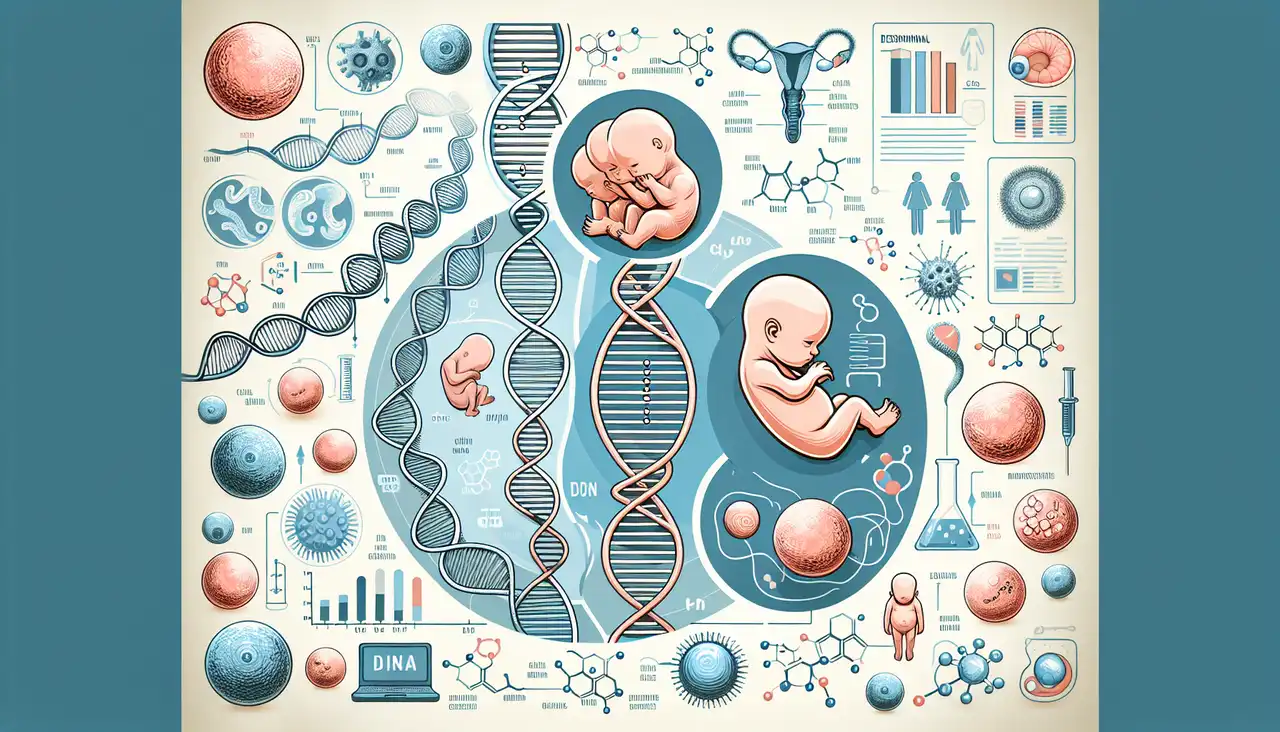

Lilianna Solnica-Kre
Lilianna Solnica-Krezel enhances global conversations on developmental biology through her pioneering research and leadership as the Head of the Developmental Biology Department at Washington University in St. Louis. With a profound expertise in developmental biology, she is renowned for her work on the genetic mechanisms that govern early embryonic development, utilizing zebrafish and embryonic stem cells as model systems. Her research delves deeply into the intricate signaling pathways and epigenetic factors that regulate embryonic polarity and gastrulation movements. By exploring these fundamental processes, she seeks to unravel the complexities of human development and disease, providing crucial insights into conditions such as early miscarriages and tumor growth. Her work on Stat3 signaling, neovascularization, and Wnt/Planar Cell Polarity signaling further underscores her commitment to advancing our understanding of developmental biology. Lilianna's investigations extend to the role of telomerase in stem cell function and regulation, as well as the mechanisms of cell death and oxidative stress. Her research on innate immunity and immune effector mechanisms highlights her comprehensive approach to understanding the multifaceted nature of embryonic development and its implications for health and disease. Her contributions to the field are not only limited to her research but also include her dedication to mentoring the next generation of scientists. Her work with vertebrate gastrulation and developmental angiogenesis has been instrumental in shaping current perspectives on embryonic structures and vertebrate development. Through her innovative research and leadership, Lilianna Solnica-Krezel continues to push the boundaries of knowledge in developmental biology, fostering a deeper understanding of the processes that underpin life itself. Her work remains pivotal in bridging the gap between basic biological research and its applications in medicine and therapeutics.
Publications
, 3571-3583, 2001-09-15
, 383-393, 1990-07-01
, 2483-2493, 2001-09-15
, 203-216, 2004-01-01